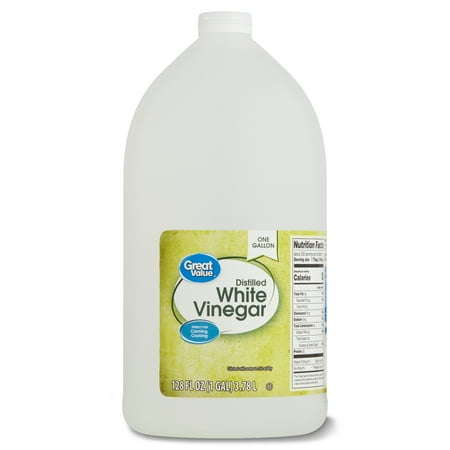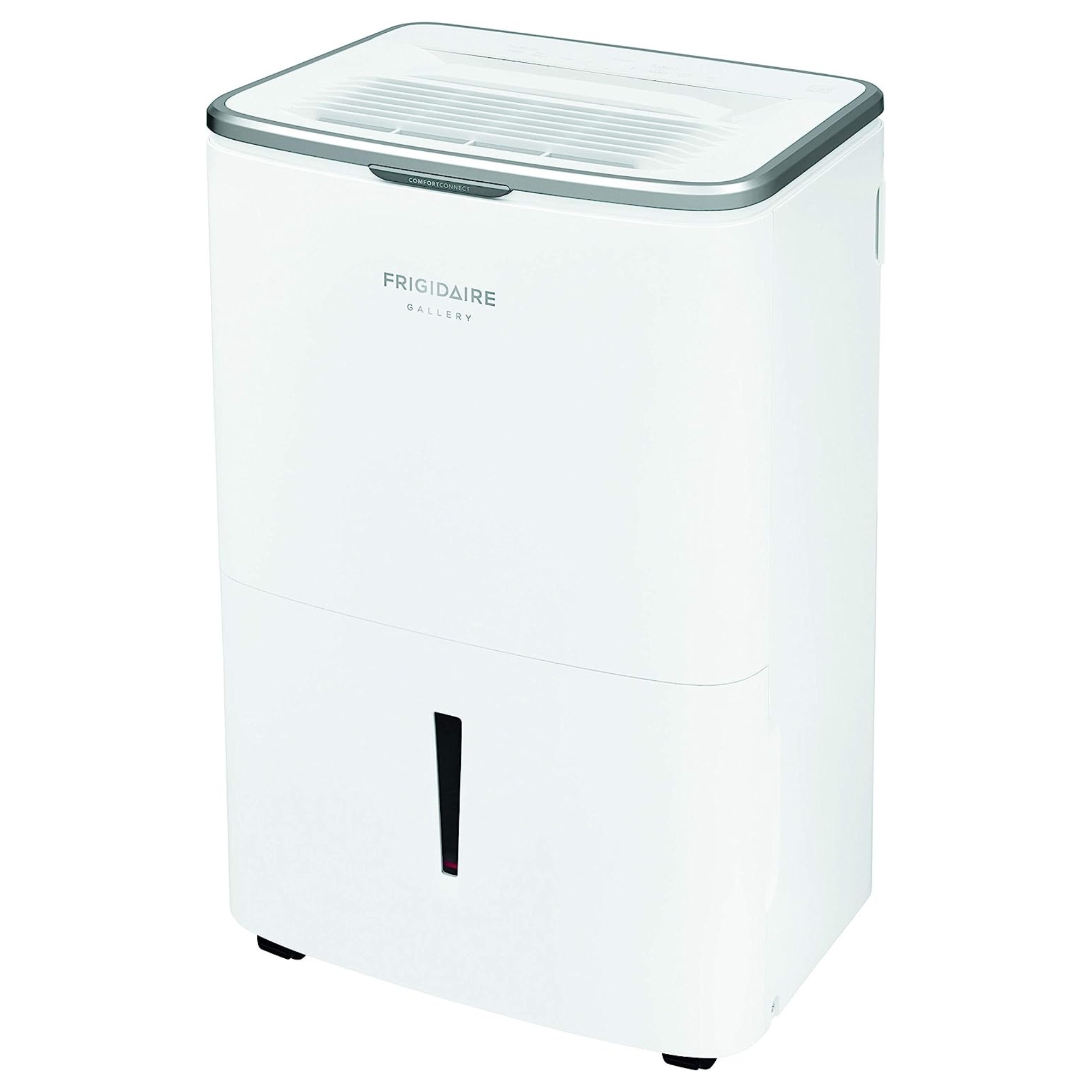
Dehumidifiers are one of the most effective tools for improving indoor air quality – but experts warn that they may be harming our health if used incorrectly.
While they’re designed to reduce moisture and prevent mold, dehumidifiers can quickly become a breeding ground for bacteria or cause symptoms like dry skin if you’re not careful.
If you’re using a dehumidifier to reduce your home’s humidity, here’s what you need to know to make sure it’s protecting your health – not quietly undermining it.
How your dehumidifier may be harming your health
Dehumidifiers can harm your health in two major ways: dirty water tanks can result in mold and bacteria growth, and lowering the humidity too much can dry out skin and damage your home.
Dehumidifiers work by pulling excess moisture from the air – but if you’re not cleaning the machine regularly, it can start working against you. Family medicine physician Uma Darji explains, ‘That standing water becomes a perfect breeding ground for mold and bacteria. Instead of helping your air quality, you’re pumping irritants back into your home.’
Mold spores and bacteria build up quickly in the water tank and filter, especially in warm conditions. If left untreated, the machine can reintroduce these into your living space, aggravating allergies or respiratory symptoms. As Jimmy Hiller, HVAC expert and CEO of Happy Hiller warns, ‘Mold will inevitably become your trouble if you neglect basic maintenance.’
There’s also the risk of over-drying, adds Scott Schrader, cleaning expert from CottageCare. ‘When the level of indoor humidity drops below 30%, some people might begin to experience dry skin, irritated sinuses, and can even develop nosebleeds.' These are classic signs of low humidity, which can be damaging to your home and health.
If your skin feels tight, your throat is scratchy, or you’re waking up with headaches, you might ask yourself, 'Why does my house feel so dry?’ The culprit could be running your dehumidifier without monitoring humidity levels.
According to Hiller, ‘If you keep your dehumidifier running after your indoor humidity drops below 40%, you’re making a mistake – you’re just turning one problem into another.’
Dehumidifier mistakes like this are surprisingly common. It's easy to assume that it's perfectly fine to place the unit next to your bed for white noise or convenience, but this airflow can disrupt sleep or worsen breathing issues by drying out your nose and throat.
Prevention tips

Preventing these issues takes two simple habits: regular maintenance and monitoring humidity levels.
Clean your dehumidifier at least once a week by washing the water tank using warm water and mild soap, such as Dawn dish soap, available at Walmart – especially during humid seasons. If your dehumidifier has a filter, check it monthly and replace it when it looks dusty or smells off.
Monitoring humidity is just as important. A humidistat or standalone hygrometer, also available at Walmart, lets you see if you’re overdrying or still dealing with excess moisture. Aim to keep levels between 40% and 60% – that’s the range recommended for health and comfort in most homes. For when the seasons change, refer to the best humidity levels for a home year-round.
The ideal humidity for bedrooms tends to be slightly higher for comfort at night, while the ideal humidity for a house in summer can be lower due to heat and ventilation. Adjust accordingly, and avoid running your machine overnight unless necessary.
Finally, make sure your machine is placed correctly. The best place to put a dehumidifier is somewhere central, away from walls or large furniture, and never right next to where you sleep or work. Poor airflow limits performance and may even contribute to mold or bacteria in hidden corners.
What to shop
All prices correct at time of publication.

Dish soap and warm water is great for light cleans, but to remove any mold from your water tank you'll want to use a solution of equal parts white vinegar and water.

A humidity monitor will show you whether you're reaching the ideal humidity levels, to help avoid air that's too dry or too humid. This humidistat also monitors temperature for more comfort at home.

Upgrading to a smart dehumidifier means you'll get notifications when it's time to give the tank a wash, and you can set exact humidity levels for the dehumidifier to reach.
Meet the experts
For a more gentle approach to regulating humidity, consider introducing a few houseplants for low humidity to help naturally rebalance your indoor air.







